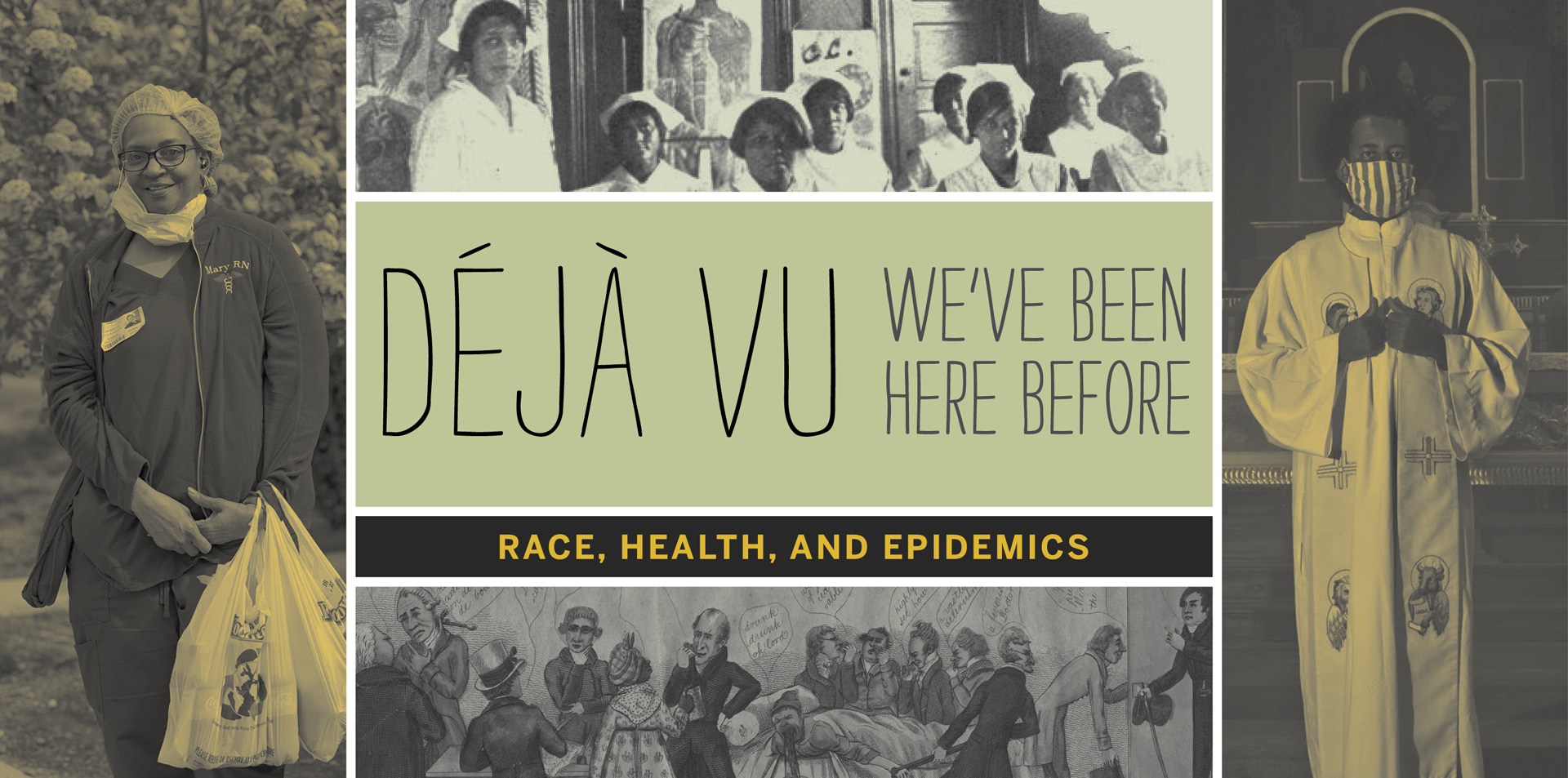
In spring 2020, the United States ground to a halt because of the introduction of the novel corona virus. Physicians and researchers were stumped about how to combat its debilitating and fatal effects. Early on, elected government officials and public health workers disseminated information that was often not accurate to a public who vacillated between fear and antipathy of the virus’ effect on their lives. What was unsurprising to those who research the effects of racism and medical health on African Americans was the absolutely devastating and disproportionately high rates of infection and death within this community. Why were so many African Americans affected by Covid-19, the virus’ disease? Is this moment exceptional or has our society experienced these public health crises before in racialized communities? These two questions guided our student curators as they investigated race, health, and epidemics by examining ideas about racial difference, space and place, the young Black body, early knowledge production in popular literature, and labor. Largely mining through the extensive Library Company collection, Tiffani, Abigail, Christoforos, Mikayla, and Guevara have chronicled the long history of medical racism from the 1793 Yellow Fever epidemic to 2020’s Covid-19. We all are hopeful that this déjà vu moment never returns.
Director, Program in African American History
Déjà Vu, We’ve Been Here Before: Race, Health, and Epidemics exhibition is the result of the Mellon Scholar Internship Program. The Mellon Scholars Program is geared toward undergraduates from underrepresented communities interested in pursuing higher education in early African American history. Five students were led by Dr. Deirdre Cooper Owens and Jasmine Smith in curating this exhibition. Their curatorial work demonstrates the absolute need for museums to integrate diverse perspectives and voices.
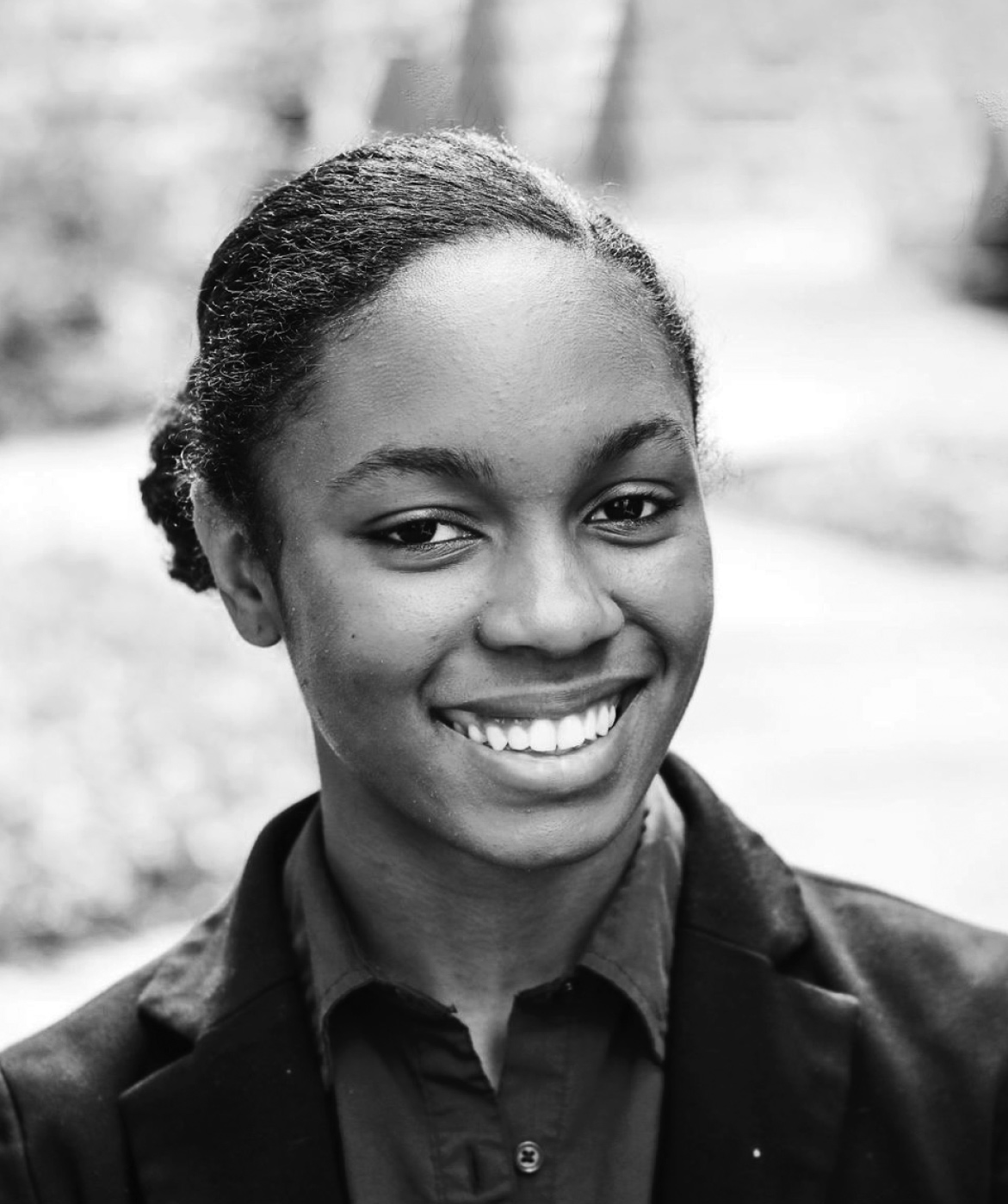
Tiffani Brianna Toombs is a recent graduate of the University of Tennessee, Knoxville. She is from Memphis, TN, where her passion for studying critical race and ethnic studies bloomed. She is interested in going to graduate school where she can continue her studies regarding space for people of color on predominately-white institutions’ campuses. Tiffani curated “Origins of Racial Difference" in the exhibition, and is grateful for the opportunity to reveal the research behind the mistreatment of Black people in medical spaces.
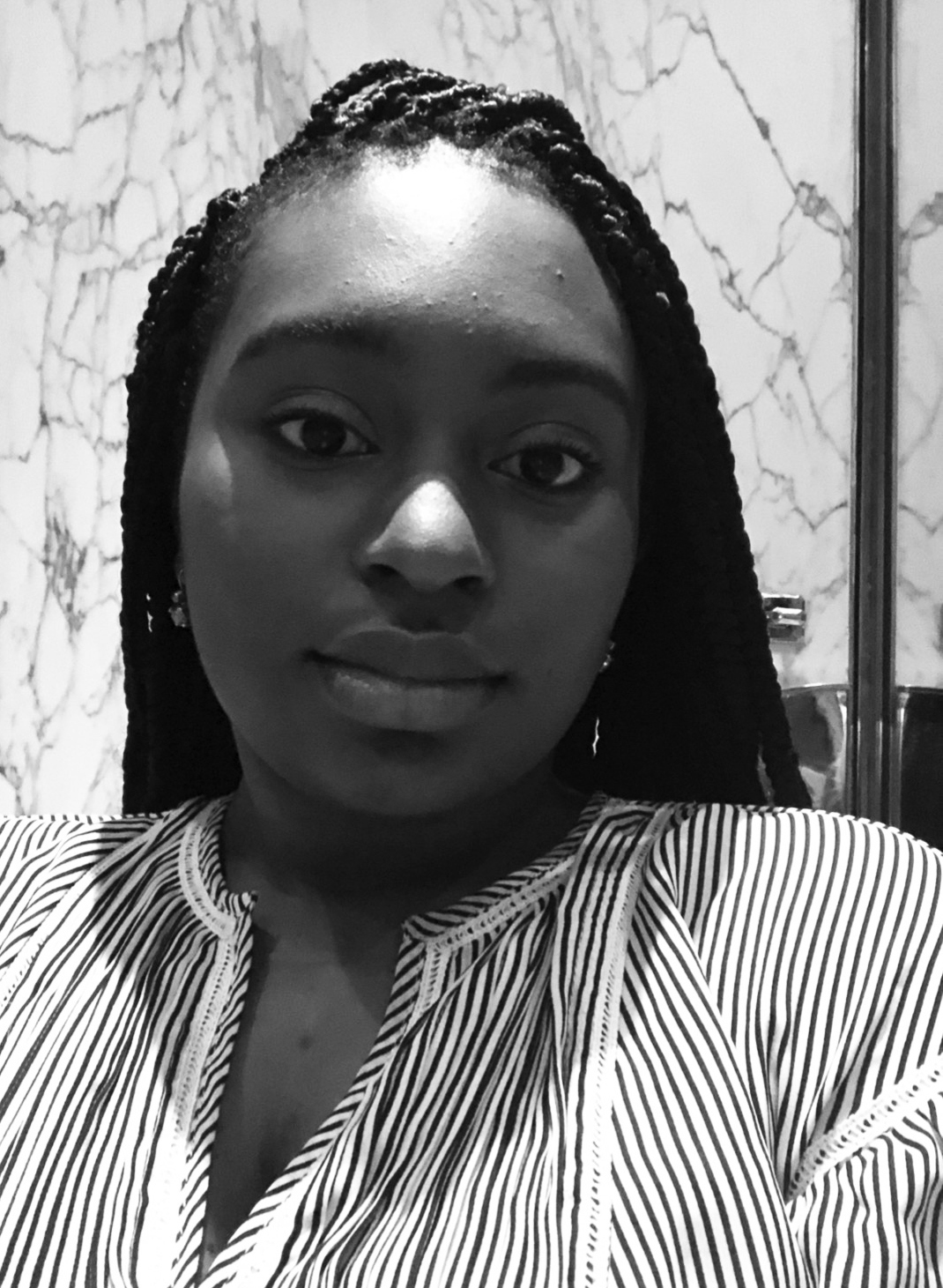
Mikayla Harden is a second year graduate student at the University of Delaware pursuing a master’s in history focusing on the Black childhood experience in the 18th and 19th century. Mikayla curated “Race, Childhood, and Pandemics” that shows the plight of African children being trafficked into the Americas.
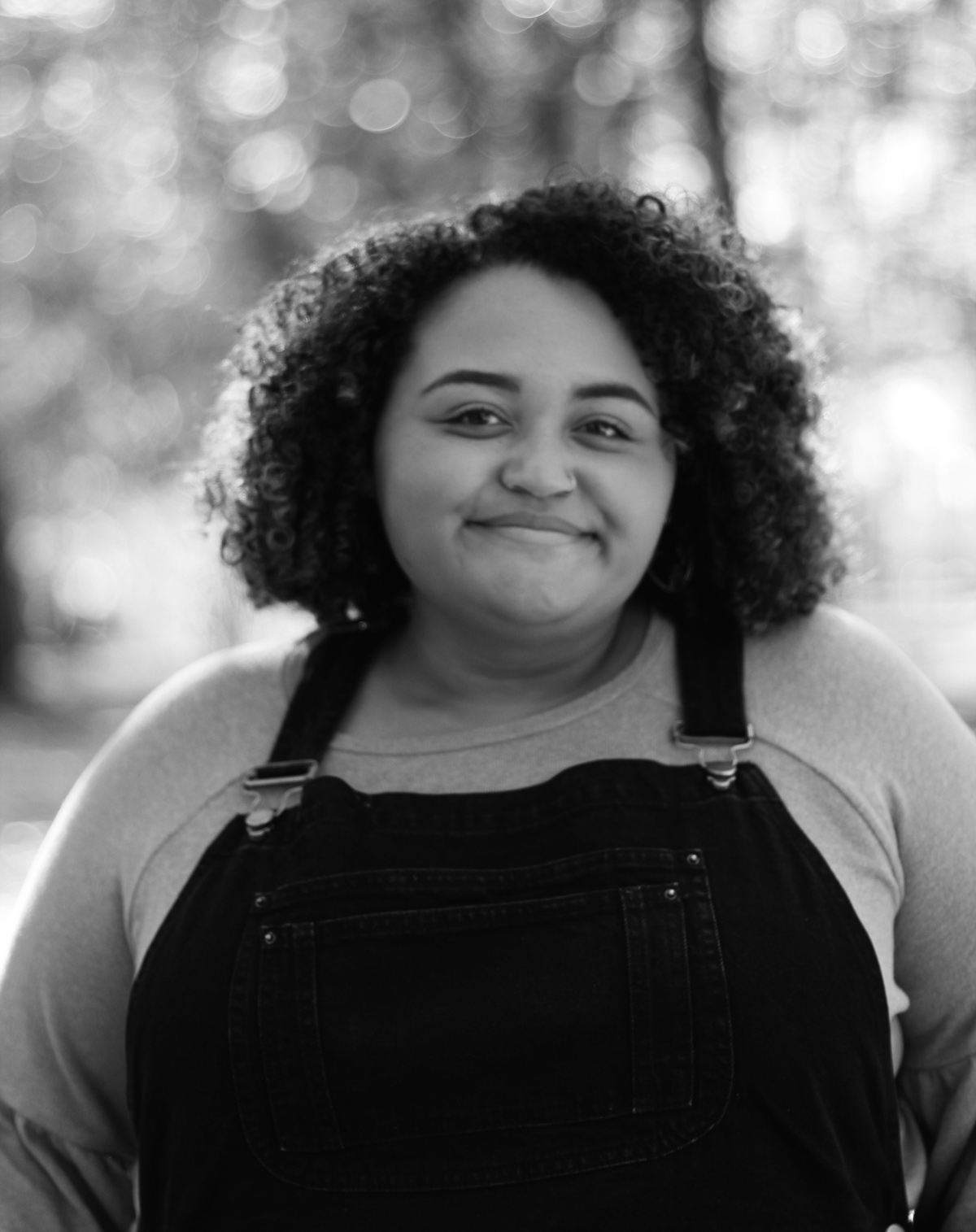
Abigail Posey is a senior at the University of Louisville studying History and Pan-African Studies with minors in Political Science, Social Change, and Spanish. She focuses primarily on enslavement in the Americas. She curated “No Space to Move,” a phrase that Harriet Jacobs used to describe the attic where she hid before she escaped from enslavement. It focuses on the ways in which free and enslaved Black people found themselves forced into places that negatively impacted their health in the late 18th and 19th centuries.
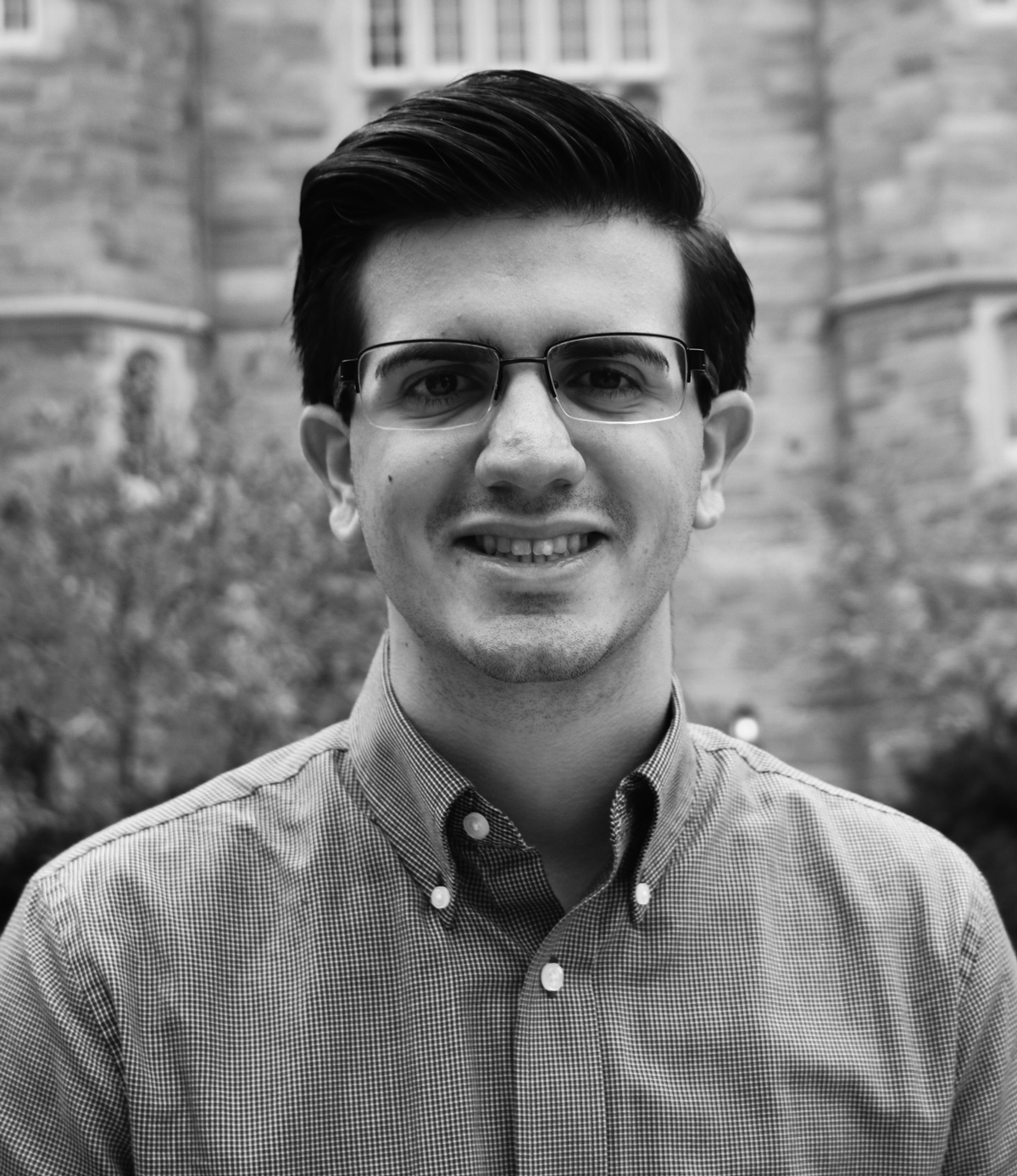
Christoforos Panagiotis Sassaris is a recent graduate from West Chester University of Pennsylvania with a Bachelor of the Arts in English Literature and a minor in Computer Science. In fall 2020, he will begin pursuing a Master of the Arts in English at Villanova University. His research interests include book history and American history and literature before 1900. He curated “Printing Black Health,” which displays the inhumane conditions people from the African diaspora endured during the slave trade.

Guevara Jean-Pierre is a recent graduate of Queens College where she received a Bachelor of the Arts in Africana Studies and Art History. In the fall, she will begin a master’s program in Africana Studies and Museum Studies at New York University. Her primary focus is discovering the links and deep lineage of African and Caribbean Diaspora Art. She curated “Working, Diaspora, & Pandemics,” which showcases the similarities and difficulties of Black people during current and past pandemics.